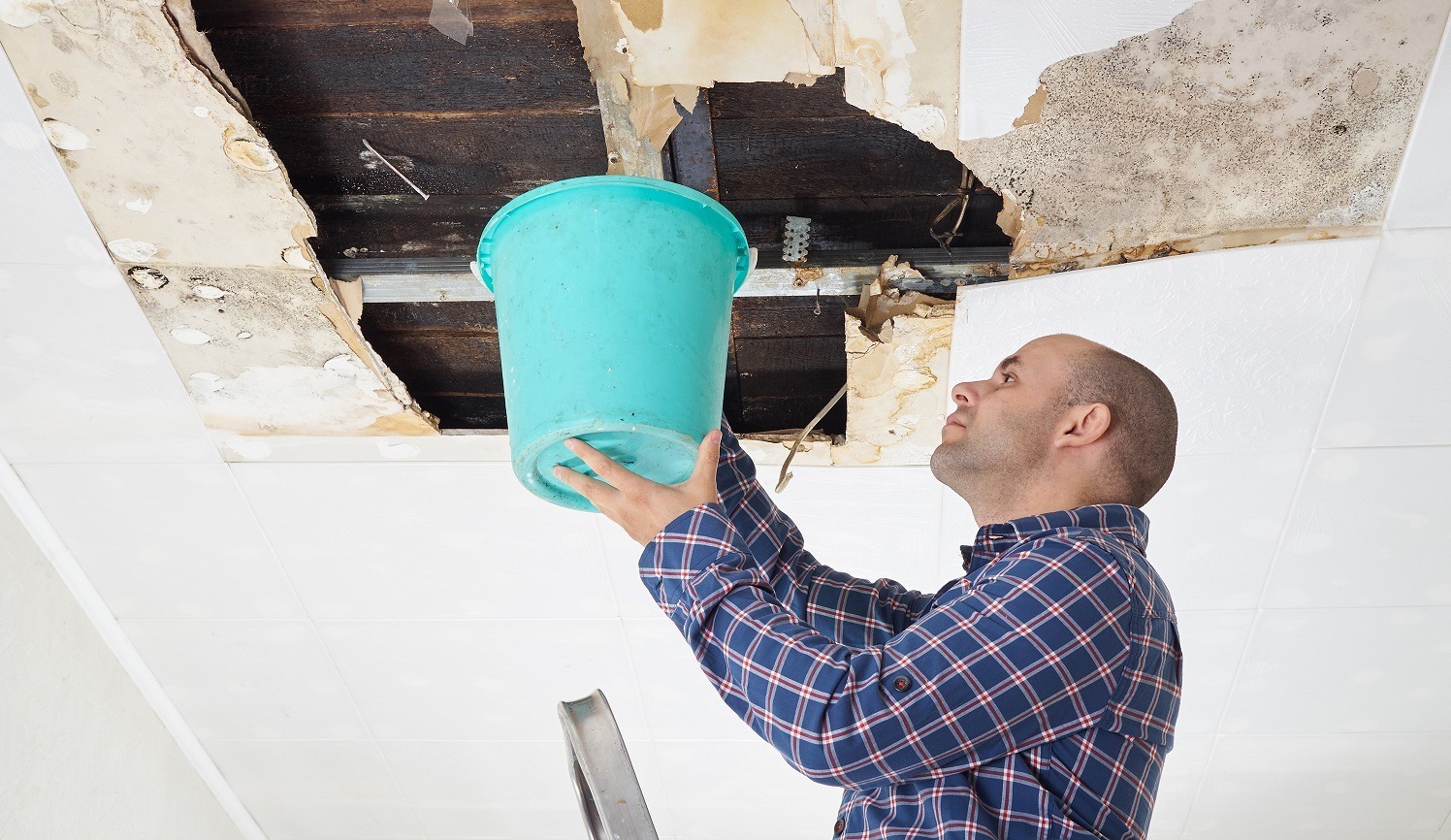Do's and also Don'ts Throughout Water Damage Emergencies.
Do's and also Don'ts Throughout Water Damage Emergencies.
Blog Article
Are you currently trying to find details around Reducing Your Risk Of Water And Fire Damage At Home?

Water provides life, water intrusion on components where it's not intended to be can result in damage. If the water saturates into your structure, it can peel off away surfaces and also wear down the foundation. Mold and mildew and also mildew additionally prosper in a moist atmosphere, which can be unsafe for your wellness. Houses with water damage odor stuffy as well as old.
Water can originate from several sources such as tropical storms, floodings, burst pipelines, leakages, and sewage system problems. In case you experience water damage, it would certainly be great to understand some safety preventative measures. Right here are a few standards on how to handle water damage.
Do Prioritize House Insurance Coverage Insurance Coverage
Water damages from flood because of heavy winds is seasonal. You can also experience an unexpected flooding when a malfunctioning pipe instantly ruptures right into your residence. It would be best to have residence insurance that covers both acts of God such as natural catastrophes, and also emergency situations like broken plumbing.
Do Not Neglect to Switch Off Energies
In the event of a calamity, especially if you stay in a flood-prone area, it would certainly be recommended to turn off the primary electrical circuit. This cuts off power to your entire house, avoiding electric shocks when water is available in as it is a conductor. Do not forget to turn off the major water line shutoff. Furnishings will certainly move about as well as create damage when floodwaters are high. Having the primary shutoff shut off avoids additional damages.
Do Stay Proactive as well as Heed Weather Informs
Storm floods can be really unpredictable. Remain positive and also ready if there is a background of flooding in your community. If you live near a river, creek, or lake , listen to discharge cautions. Get valuables from the first stage and also basement, then put them on the highest possible level. Doing so reduces potential home damages.
Don't Disregard the Roofing System
You can stay clear of rainfall damage if there are no holes and leakages in your roof covering. This will certainly protect against water from streaming down your walls and also saturating your ceiling.
Do Focus On Tiny Leaks
A ruptured pipeline does not take place over night. Usually, there are red flags that indicate you have weakened pipes in your house. As an example, you may see bubbling paint, peeling off wallpaper, water touches, water discolorations, or leaking noises behind the wall surfaces. Eventually, this pipe will break. Ideally, you should not await points to intensify. Have your plumbing fixed prior to it results in large damage.
Do Not Panic in Case of a Burst Pipe
When it comes to water damage, timing is vital. Therefore, if a pipeline bursts in your residence, quickly shut off your major water shutoff to cut off the resource. Call a respectable water damage reconstruction specialist for assistance.
Water provides life, water invasion on components where it's not intended to be can result in damages. Homes with water damages scent musty and old.
Water damages from flooding fees to heavy winds is seasonal. You may notice bubbling paint, peeling off wallpaper, water touches, water spots, or dripping sounds behind the wall surfaces. When it comes to water damage, timing is key.
Some Do's & Don't When Dealing with a Water Damage
DO:
Make sure the water source has been eliminated. Contact a plumber if needed. Turn off circuit breakers supplying electricity to wet areas and unplug any electronics that are on wet carpet or surfaces Remove small furniture items Remove as much excess water as possible by mopping or blotting; Use WHITE towels to blot wet carpeting Wipe water from wooden furniture after removing anything on it Remove and prop up wet upholstery cushions for even drying (check for any bleeding) Pin up curtains or furniture skirts if needed Place aluminum foil, saucers or wood blocks between furniture legs and wet carpet Turn on air conditioning for maximum drying in winter and open windows in the summer Open any drawers and cabinets affected for complete drying but do not force them open Remove any valuable art objects or paintings to a safe, dry place Open any suitcases or luggage that may have been affected to dry, preferably in sunlight Hang any fur or leather goods to dry at room temperature Punch small holes in sagging ceilings to relieve trapped water (don't forget to place pans beneath!); however, if the ceiling is sagging extremely low, stay out of the room and we'll take care of it DO NOT:
Leave wet fabrics in place; dry them as soon as possible Leave books, magazines or any other colored items on wet carpets or floor Use your household vacuum to remove water Use TV's or other electronics/appliances while standing on wet carpets or floors; especially not on wet concrete floors Turn on ceiling fixtures if the ceiling is wet Turn your heat up, unless instructed otherwise

I was made aware of that editorial on Preventing Fires and Water Damage In Your Home through an associate on another web page. Do you know about somebody who is enthusiastic about the subject? Why not share it. We enjoy reading our article about Reducing Your Risk Of Water And Fire Damage At Home.
Report this page